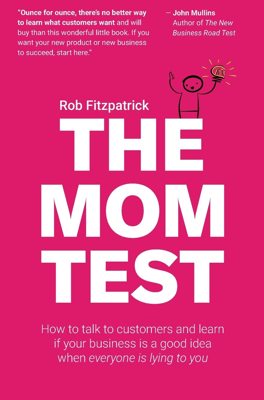Running the Process
Effective customer conversation is not just about showing up to meetings; it requires a well-structured process before, during, and after the conversations. Without this, you risk having a learning bottleneck where only one person, typically the business lead, holds all customer insights and dictates team actions without proper collaboration. This unilateral approach can lead to misinterpretations and missed opportunities for valuable team input.
Preparation is critical. Identify the top three questions that need answers, potentially frightening ones that could invalidate your business hypothesis. Understand your customer's background and the context of their needs, which ensures more focused and meaningful discussions. Team involvement in this phase is crucial for a holistic approach to learning and to avoid blind spots in understanding customer challenges.
During meetings, having a good note-taking strategy is essential. Notes should capture exact quotes and contextual symbols convey emotions and other qualitative data, which later helps in refining marketing strategies and product development. Limit note-taking to two people to avoid overwhelming the customer and ensure comprehensive coverage of the conversation.
Post-meeting, reviewing what was discussed is as important as the discussion itself. Engage the whole team in breaking down the information gathered to update your business strategies and understanding of customer needs. This collective review prevents knowledge silos and ensures diverse inputs into decision-making processes.
A systematic approach to these conversations minimizes the risk of chasing incorrect assumptions and maximizes the productive use of insights gathered. Regular engagement with all team members in these processes not only democratizes the learning but also accelerates the iterative cycles of product and business development. The overarching goal is to use these learning opportunities to move quickly and effectively towards creating a viable and sustainable business model.
